When picking stainless steel for your project, knowing the differences between its grades is very important. 304 and 316 are its main grades. Both provide great durability and corrosion protection, but their distinct properties make them fit for different uses. This post explores the main distinctions between 316 and 304 that will help you make the right decision for your particular needs.
Overview of 304 and 316 Stainless
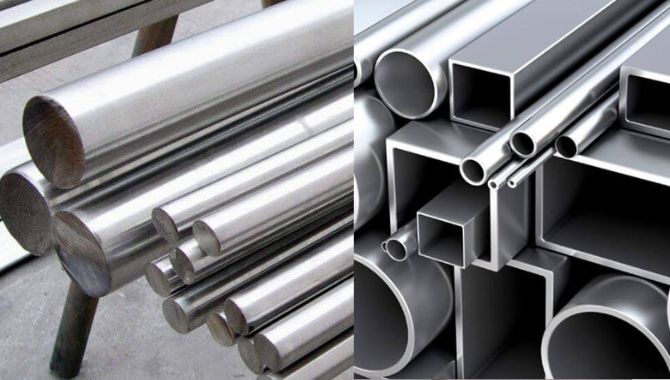
Grade 316 and 304 are used a lot in different industries because of their great properties. These alloys are similar but have different performance and compositions.
Grade 304 has minimum 18% chromium and at least 8% nickel. It is very formable and resists corrosion well. It makes up over 50% of all stainless steel production worldwide. Grade 316 contains 16% chromium, 10% nickel, and 2-3% molybdenum.
The chemical composition of 304 vs. 316 stainless steel is as follows:
| Element | 304 | 316 |
|---|---|---|
| Chromium | 18-20% | 16-18% |
| Nickel | 8-10.5% | 10-14% |
| Molybdenum | – | 2-3% |
| Carbon | ≤0.08% | ≤0.08% |
Both grades are very ductile, with elongation over 40% commonly. Their yield strengths range from 200-300 MPa while tensile strengths reach up to 600 MPa. The molybdenum in 316 improves its pitting corrosion resistance (PREN) to 24-26 versus 18-20 for 304. This makes 316 good for chemical processing and marine where chloride exposure happens.
Top 8 Differences of 304 vs. 316
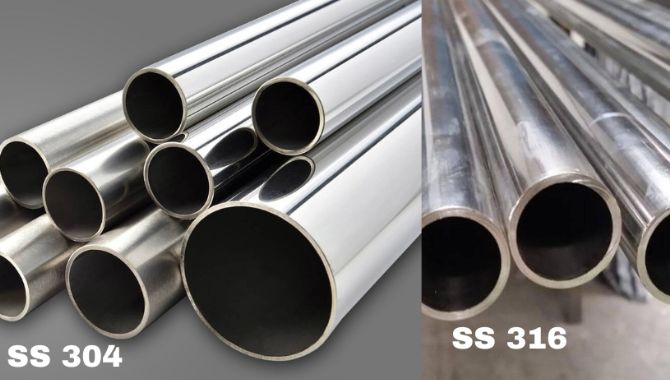
While both 316 and 304 have great properties, knowing the main differences is very important for picking the right material for special scenarios. Let’s look at the top 8 variations between these popular grades.
Corrosion Resistance
The main distinction between the two grades is their ability to withstand corrosive settings. Grade 316 has outstanding resistance to acids and chlorides because of its 2-3% molybdenum content. This addition increase its pitting corrosion resistance index (PREN) to 24-26, versus 18-20 for 304. So in chloride-heavy places or marine, 316 greatly outdoes its counterpart.
In salt spray tests, 316 can handle over 1000 hours without visible corrosion, while 304 may show signs after 200-500 hours. This makes 316 better for chemical processing, coastal uses and high chloride exposure.
Temperature Resistance
Both stainless steel alloys have outstanding heat resistance. But they work differently at extreme temperatures. Grade 304 keeps good oxidation resistance for short term use up to 870°C and long term service to 925°C. However, using it between 425-860°C for a long time may affect its water corrosion resistance. On the other hand, 316 has a slightly lower heat tolerance.
As temperatures get close to the melting point, both 304(with melting point 1400 – 1450°C) and 316(with melting temperature of 1,375-1,400°C) lose important tensile strength. This impacts their structural integrity. In high heat applications, 304 usually outperforms 316 because of its higher chromium content.
Formability
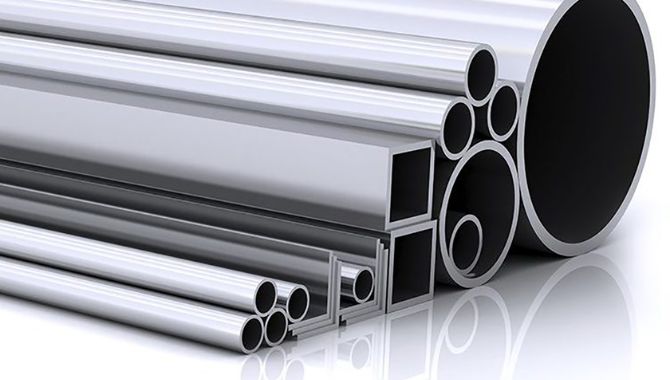
Stainless steels are known for their outstanding ability to be formed into shapes. Grade 304, in particular, shows remarkable ductility – its elongation values usually top 40%. This means 304 can be shaped into complicated forms without losing structural strength. Grade 316, while still highly formable, has slightly lower elongation due to its molybdenum content.
In cold-forming processes, 304 usually needs less force and keeps its shape better after forming. The yield strength of 304 is 200-300 MPa, while 316’s is 220-320 MPa. This impacts how easily they form, with 304 being better for stretch forming and deep drawing. It also has better spring-back properties.
Magnetism
The magnetic abilities of these alloys come from their austenitic crystal form. Both types are usually seen as non-magnetic when annealed, with relative permeability levels of 1.002 to 1.005. But cold working can result in magnetism by changing austenite to martensite.
Grade 316, with its higher nickel content (10-14% vs 8-10.5% in 304), shows a little less magnetic sensitivity than 304. In uses that need minimal magnetic interference, like MRI machines, 316 is mostly preferred for its better stability.
Welding can also impact magnetic properties. In both alloys, the heat-affected area may display increased magnetism. But this effect is usually more noticeable in 304.
Weldability
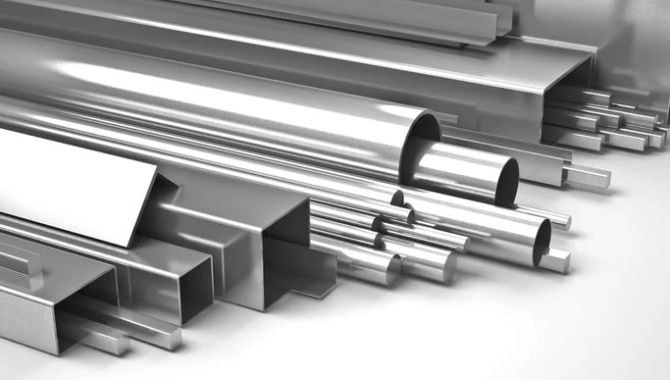
Both austenitic stainless grades have great weldability using various arc welding methods, but there are some differences. Grade 304 can easily be welded without pre-heating, post-heating, or other heat treatments. It shows good strength after welding.
Grade 316 is also very weldable, but needs more care in following welding procedures to maintain the right balance of austenite and ferrite in the welded area. For both stainless grades, low heat welding methods should usually be avoided. When welding thick sections of 316, post-weld annealing may be needed for best corrosion resistance. This extra step is commonly not needed for 304 in similar uses.
Durability
When it comes to durability, both stainless steel grades show exceptional performance. Grade 316 is slightly more durable overall, particularly in harsh environments. This comes from its molybdenum content which increases its resistance to crevice corrosion and pitting.
In cyclic loading tests, 316 has a fatigue limit around 260 MPa, while 304’s limit is a little lower at 240 MPa. This means 316 lasts longer in uses where there is repeated stress. However, in normal atmospheric conditions, the difference in lifespan is negligible and both grades stay structurally sound for decades.
Aesthetic Finish
The visual appeal of these alloys is important for many uses. Both alloys can have many surface finishes from dull matte to shiny mirror-like. Grade 304 usually shows a little brighter shine because of its higher chromium content. Meanwhile, 316 tends to keep its look better over time in corrosive settings.
Polishability tests show that 304 can attain a surface roughness (Ra) of 0.1 μm with standard techniques. 316 commonly reaches 0.15 μm in similar conditions. This small difference is mostly invisible to the naked eye. But it may matter in precision engineering uses.
Cost Considerations
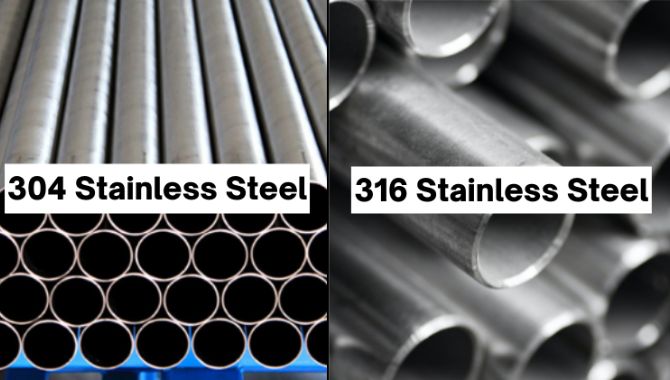
Cost difference between 304 and 316 is notable. Grade 316 typically costs 30-40% more than 304 because of addition of molybdenum and its higher nickel content.
However, the long-term value varies by use. In harsh environments, 316’s outstanding performance may make up for its higher starting cost through less maintenance and more lifespan. For less demanding uses, 304 mostly is a more cost-effective option. You must carefully weigh material expenses against performance needs to decide the most money-saving choice for your particular requirements.
Conclusion
304 and 316 grades have distinct advantages. 304 outshines in general use with good formability and corrosion protection. 316 perform outstanding in chloride-heavy, harsh settings. Pick from 316 and 304 steel based on the environment and your exact project needs.
Need tips on selecting the right stainless steel grade? Contact KDM Fabrication for custom solutions made for your project’s one-of-a-kind requirements.
FAQs
Can 304 and 316 be used together?
Yes, 316 and 304 can be used together without major galvanic corrosion problems. Their similar electrochemical potentials make them suitable for most uses. But, it’s best to use 316 for fasteners when putting the two together as 316 resists corrosion better
Which is harder to machine, 304 or 316?
304 is commonly seen as more machinable than 316 because of having less chromium. The higher chromium and molybdenum content of 316 makes it difficult to machine. That’s why it mostly needs special techniques and cutting tools. But both grades can be successfully machined with the right skill and equipment.




